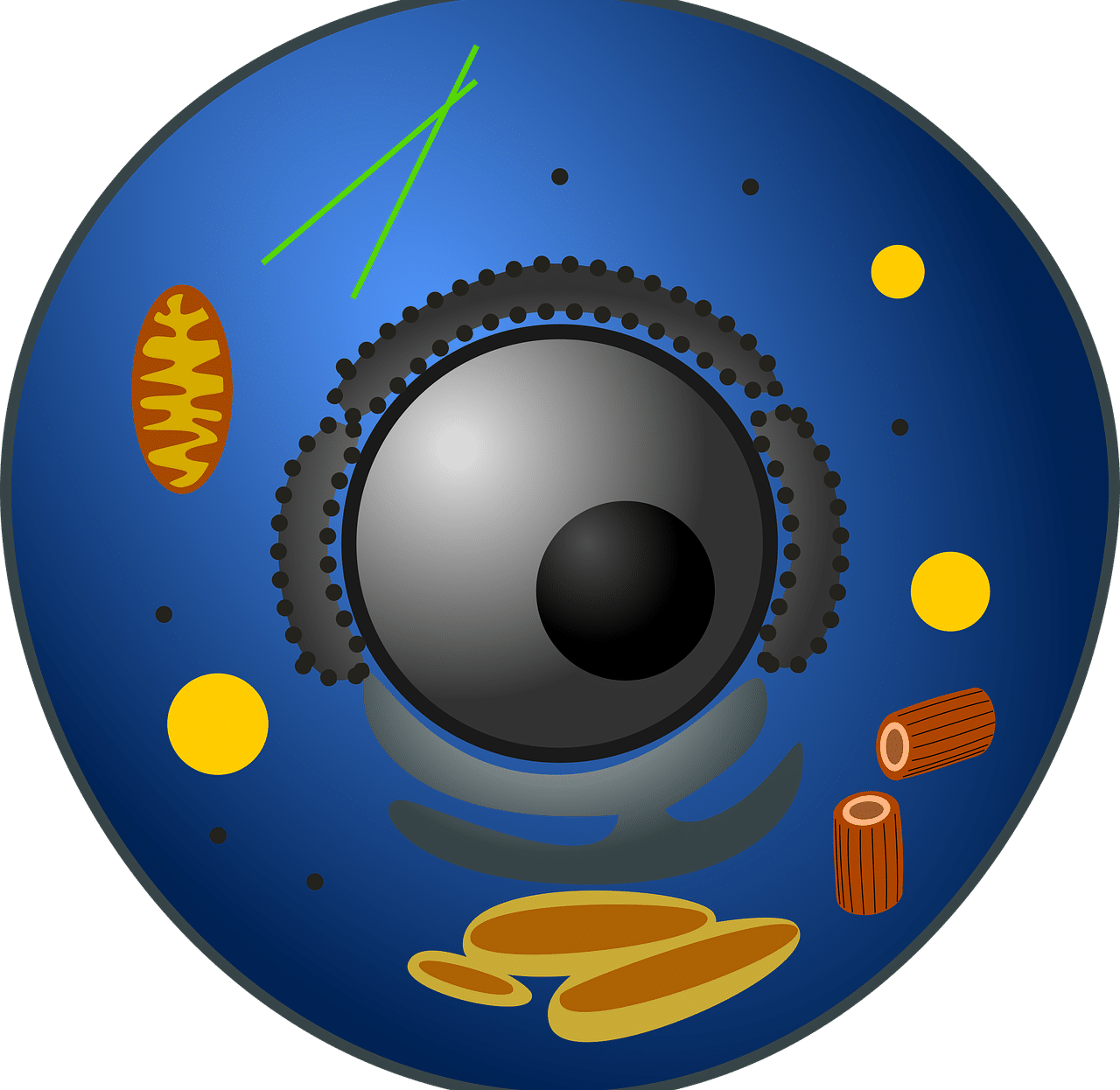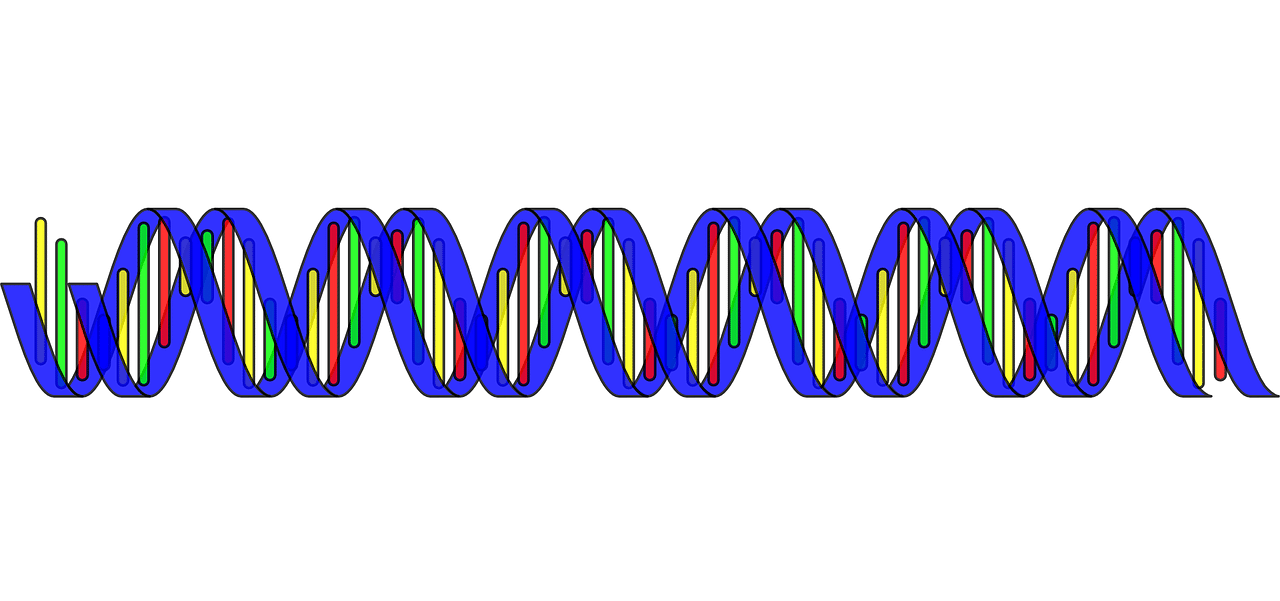
The rough endoplasmic reticulum is a set of organelles found inside a cell.
The rough endoplasmic reticulum is a set of organelles that, located inside the cells, allow the transfer of proteins , as well as their synthesis.
It should be noted that reticulum is the name given to frameworks or sets of different threads. The adjective endoplasmic or endoplasmic , on the other hand, refers to that related to the endoplasm (a part of the protoplasm , which is the living material found in a cell ). Rough , finally, is what has wrinkles.
Characteristics of the rough endoplasmic reticulum
Cells can have two types of endoplasmic reticulum. The rough endoplasmic reticulum, also known as rough endoplasmic reticulum or granular endoplasmic reticulum , has ribosomes that maintain a relationship with cell membranes. The smooth endoplasmic reticulum , on the other hand, lacks these ribosomes.
Present in eukaryotic cells , the rough endoplasmic reticulum has different tubes that are distributed throughout the cytoplasm . In these tubes, proteins are formed that then pass to the smooth endoplasmic reticulum and finally reach the Golgi apparatus .

The rough endoplasmic reticulum is involved in protein synthesis.
Its functions
In the rough endoplasmic reticulum, therefore, proteins are synthesized, enzymes are made, and those proteins that should not be released into the cytoplasm circulate. The cells with the greatest development of the rough endoplasmic reticulum are those that secrete a high amount of proteins, such as the cells of the pancreas .
In plasmacytes , this endoplasmic reticulum is highly dilated for the synthesis , storage and release of proteins. In another type of cell, the chains of the rough endoplasmic reticulum are located very close to each other.
For translocation and protein synthesis to take place, the presence of what is called signal recognition particle (or PRS ) is necessary, which constitute a small cytoplasmic RNA and the small polypeptides P72, P68, P54, P19, P14 and P9. This receptor has a cavity into which the signal enters (which acts by inhibiting synthesis so that the protein is not released into the cytoplasm, but into the rough endoplasmic reticulum) and thus the ribosomes are attached to the reticulum.
The rough endoplasmic reticulum and protein synthesis
It is important to note that any protein begins its synthesis in ribosomes (complexes of ribonucleic acid and proteins found in the cytoplasm, chloroplasts, mitochondria and endoplasmic reticulum). When its destination is the rough endoplasmic reticulum, the first step is signal synthesis. The action of the PRS causes the ribosomes to move towards the receptor and the synthesis of the protein is stopped momentarily, until the recognition of the signal in the reticulum membrane has been completed.
As synthesis proceeds, the protein enters the reticulum via a membrane protein called a translocator . In the cavity of the reticulum there is a peptidase (also called proteases, they are enzymes capable of breaking peptide bonds, that is, those that join the amino and carboxyl groups of two amino acids) that eliminates a signal peptide. For protein folding to be correct, chaperones (a group of proteins common to all cells) bind to it.
The chaperone can recognize a misfolding, and then drive the protein to a point where it can be degraded. In this process , which aims to destroy the protein, we begin by adding n-glucanase, which recognizes the defect and proceeds to issue a mark. Ubiquitin then signals the protein, after which it is sent to the proteasome, where a large number of proteolytic enzymes come into action to degrade it. From this process, amino acid molecules arise, which can be used for the synthesis of a well-folded protein.
